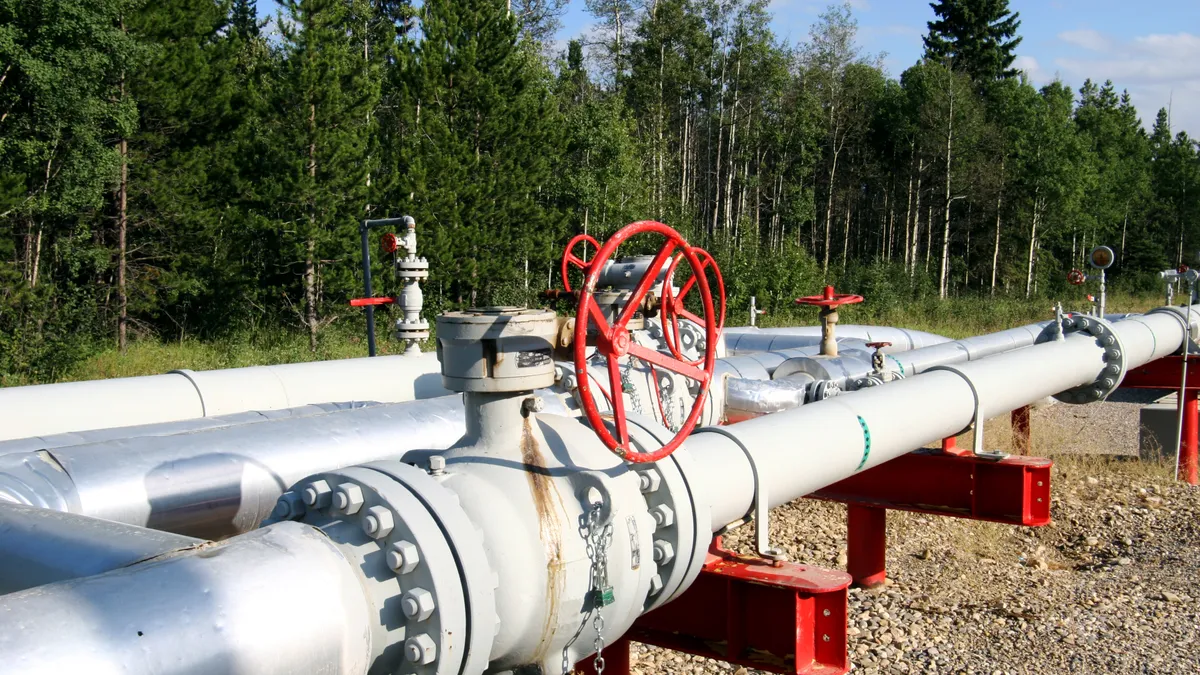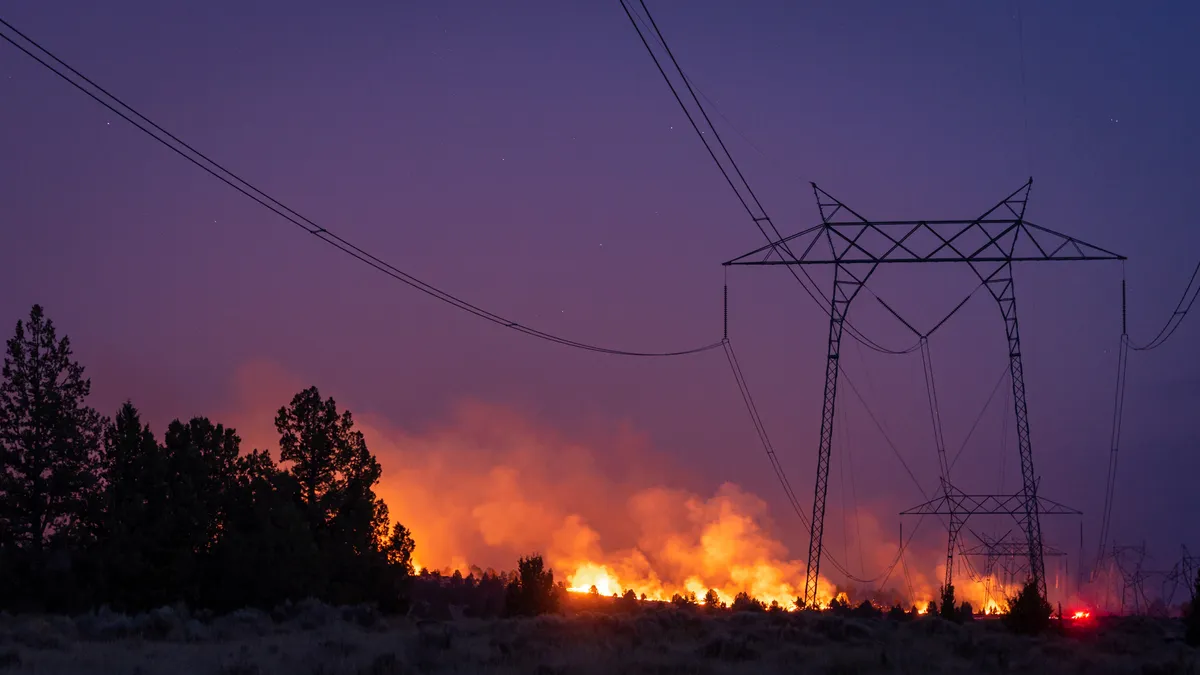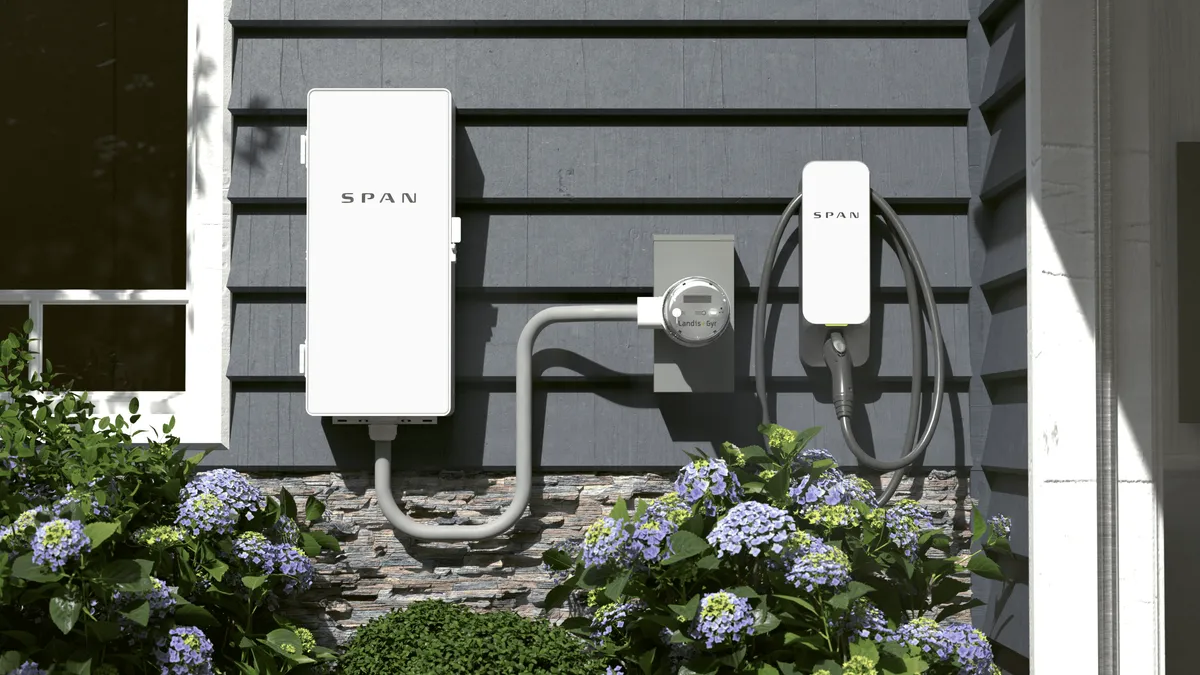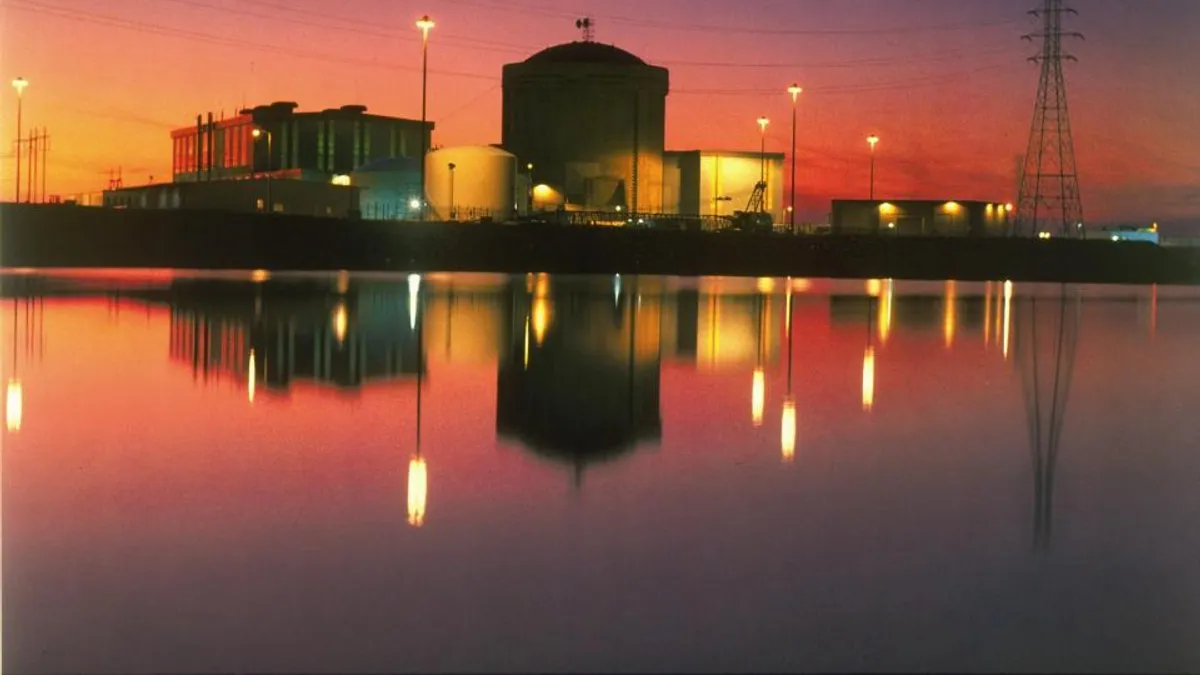The following is a contributed article by Mary Anne Sullivan, Sarah Shaw and Alex Harrison, Partners at Hogan Lovells.
Energy production is shifting from a world of large, thermal, centralized power stations to a model with significantly larger numbers of smaller, more diverse, decentralized generation assets. Additionally, the generation mix is being driven by the increasingly widespread deployment of renewables.
The pace of change shows no sign of abating.
We are entering a world of smart assets and smart grids, with increasing digitalization, through exponentially increasing connectivity, data collection, aggregation and "big data" analysis. These enable the creation of new solutions that automate active energy and asset management, facilitate demand side response, reduce friction in the markets, maximize efficient use of energy network infrastructure and change the role of transmission system operators and utilities.
Aggregation is allowing smaller power assets to be operated together at larger scale. Battery and energy storage is allowing increased opportunities for wholesale price arbitrage. Blockchain offers great potential for wide access to fundamental energy market data, faster transaction processing and settlement and disintermediation of the energy markets.
Smart meters and smart devices are increasing the role of demand side response in balancing the system. Active energy management and "energy as a service" solutions are improving energy efficiency. And the increasing electrification of transport and heat offers the potential for huge growth in use of the electricity system.
Across the energy spectrum, both new and established players are looking to mergers, acquisitions and strategic investments to strengthen their positions in this new energy economy. While the assets that are the targets of these transactions may be new or emerging, traditional motives provide the rationales for the pairings that are being announced with increasing regularity.
Some are seeking efficiencies of scale. Others want to diversify their product offerings. Still others are looking for partners with deeper pockets to help them finance their technologies or business plans.
Some of the cross-border transactions seem designed to enable access to new markets, for example, more experienced European partners in offshore wind can acquire a partner with deeper local ties and market knowledge. Traditional oil and gas companies and utilities want to ride the wave of new technologies that can preserve their market position, even as old markets are redefined.
Many companies have a combination of these motives.
One particular trend we are witnessing in this sector is traditional oil and gas and utilities companies moving into new areas, principally renewable energy, electric vehicles and storage.
This is symptomatic of a broader trend we are seeing across a number of industries: The traditional sector divides are becoming blurred as companies come under pressure to innovate and keep up with technological change. In fact, technology has become a major driving force for M&A across a number of sectors, with around 25% of tech M&A in 2018 involving a counterparty outside the tech sector.
Shell moves into EV charging, storage
Royal Dutch Shell, a grand dame of the oil field, has announced several combinations that must be seen as reflecting Shell's views about where energy markets are going.
Consistent with its announcement that it will add electric charging capabilities to its fueling stations throughout Europe, in the U.S., Shell has announced that it is acquiring Greenlots, a technology company that touts network management software, integrated charging optimization, grid balancing services and a driver-friendly mobile app — all in a single platform.
This is a strong vote of confidence in the coming electrification of transportation. Shell is also acquiring German-based sonnen, a battery storage company that has a residential focus, allowing customers to maximize the benefit of their distributed solar resources.
In making the announcement, the two companies noted that the combination will also accelerate their ability "to offer innovative integrated energy services and electric vehicle charging solutions, and the provision of grid services that are based on sonnen's virtual battery pool."
Another traditional European oil company, Orsted, formerly DONG, the Danish oil and gas company, has been a leading European developer of offshore wind resources.
It has made no secret of its interest in participating in U.S. offshore wind development. Late in 2018, as part of that plan, it acquired Deepwater Wind, one of the first out-of-the-gate companies in U.S. offshore wind development.
More recently, in a move to diversify its renewable energy holdings, it acquired Lincoln Clean Energy, a developer of utility scale solar and energy storage.
Still another European giant recently expressed its confidence in the U.S. renewable energy market. Enel Green Power, historically an owner and operator of renewable energy projects, announced its acquisition of Kansas-based Tradewind Energy, a long-time greenfield developer of wind, solar and storage projects.
The two have long been strategic partners. Now, Enel may be signaling an interest in developing, not just owning and operating wind and solar projects throughout the U.S.
Nuclear technology developers are participating in the same trend. NuScale Power, the developer of small modular reactors that appears to be the closest to commercialization in the U.S., has just announced a strategic supplier arrangement with Doosan Heavy Industries from Korea.
Doosan indicated that it is also considering an equity investment in NuScale, which would represent a critical new source of financing as NuScale proceeds through the licensing process at the U.S. Nuclear Regulatory Commission and the deployment of its first plant in Idaho.
Companies that have made their mark in the regulated utility business are likewise becoming more active in this trend toward acquisitions.
For example, National Grid, which operates electric and gas utilities in the U.S. and U.K., has announced that its unregulated arm, National Grid Ventures, has acquired Geronimo Energy, a developer of wind and solar projects based in the Midwest that has a pipeline of projects under development that includes 30 MW of solar and 40 MW of storage.
Bumps on the road
Not every venture into the new energy economy has gone smoothly.
Elon Musk merged his highly visible, high-volume SolarCity residential solar company owner into Tesla in 2016, asserting synergies with his electric automobile business. Tesla now offers for sale the Model S, the Model X and the Model 3 on the same webpage as solar panels and battery packs for residential energy storage.
However, in 2018, Tesla shut down a dozen Solar City installation centers around the U.S., and the formerly market-leading SolarCity business receded from sight.
In recent weeks, Musk has announced his intention to reposition the former SolarCity as a market leader by cutting prices 16% and a plan to reduce "soft costs" dramatically. It is too soon to say whether this will revive the solar business line.
Additionally, there are energy acquisitions that do not represent a move away from fossil fuels.
For example, Vistra Energy acquired coal and gas-heavy Dynegy, which gave it new geographic diversity. After a bidding war, Anadarko has announced its intention to be acquired by Occidental Petroleum, which seeks to expand its oil production footprint in the Permian Basin.
Overall, however, it should not come as a surprise that many mergers, acquisitions and strategic investments by a wide array of energy players seem focused on strengthening their position in the low-carbon sector of the industry as well as in other growing sectors such as electric vehicles and storage.
Shareholder pressure, corporate sustainability goals, and anticipated legal and policy requirements all suggest that such combinations make good sense.






















